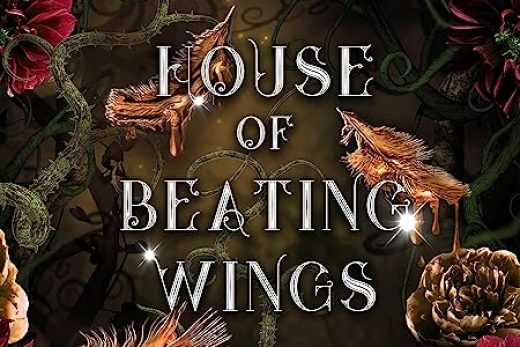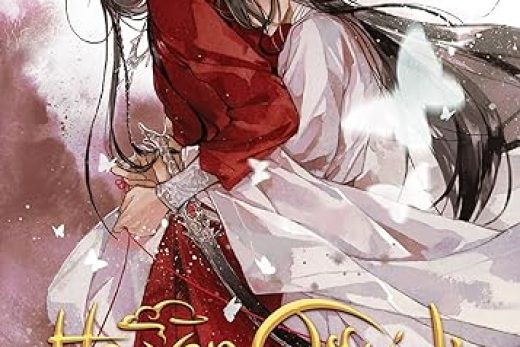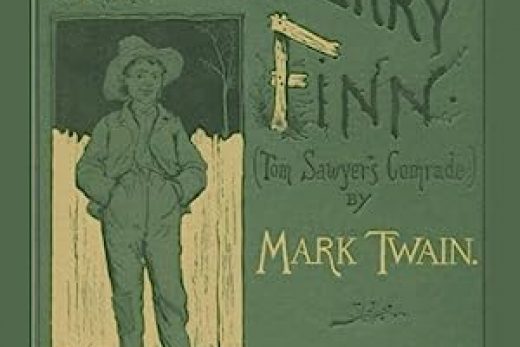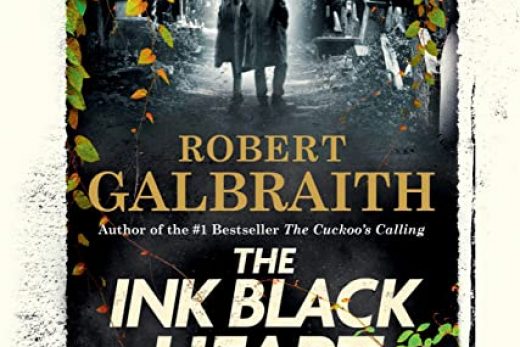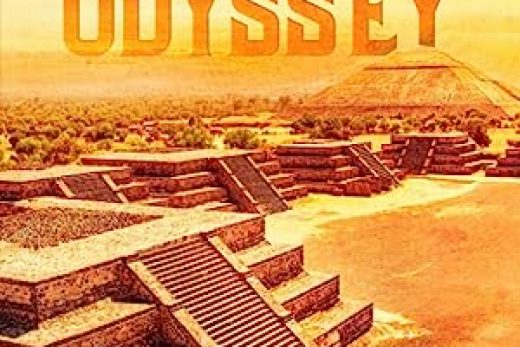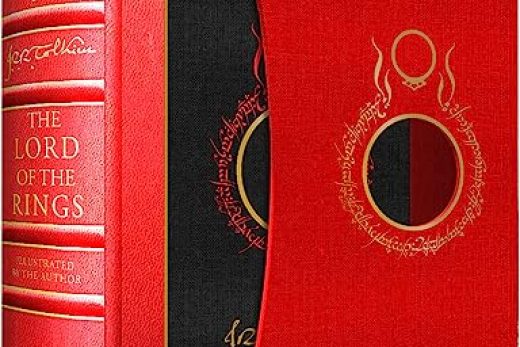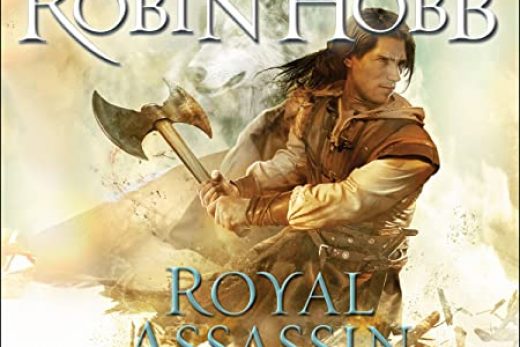Welcome to a journey into the captivating realm of Middle-Earth, where we explore its intricate and timeless essence. Created by the brilliant mind of J.R.R. Tolkien, Middle-Earth serves as the backdrop for enchanting tales filled with unforgettable characters, breathtaking landscapes, and epic adventures. Let’s take a closer look at this remarkable world, which has captured the hearts and minds of countless readers and viewers alike.
Middle-Earth, a complex world with its own history, languages, and cultures, serves as the setting for Tolkien’s literary masterpieces, including “The Hobbit,” “The Lord of the Rings,” and “The Silmarillion.” At the core of Middle-Earth lies its intricate geography, which is divided into various regions and realms. From the lush and peaceful Shire to the dark and foreboding Mordor, each area presents unique challenges and opportunities for those who inhabit it.
One of the most fascinating aspects of Middle-Earth is its inhabitants. These include not only the familiar races of Men, Elves, Dwarves, and Hobbits, but also the lesser-known creatures, such as Ents, Orcs, and the mysterious Tom Bombadil. The rich tapestry of Middle-Earth’s characters showcases Tolkien’s remarkable ability to create multidimensional beings with their own strengths, weaknesses, and motives.
Another key element of Middle-Earth is its intricate history, which spans thousands of years and encompasses various ages. These events, both large and small, shape the world and its characters, providing a backdrop for the epic stories that unfold within its boundaries. The depth and intricacy of Middle-Earth’s history is a testament to Tolkien’s incredible world-building skills.
The power of Middle-Earth lies not only in its tangible elements but also in its underlying themes. Throughout his works, Tolkien explores the nature of good and evil, the struggle for power, the importance of friendship, and the impact of individual choices on the world at large. These themes resonate with readers, allowing them to connect with the characters and their stories on a deeper level.
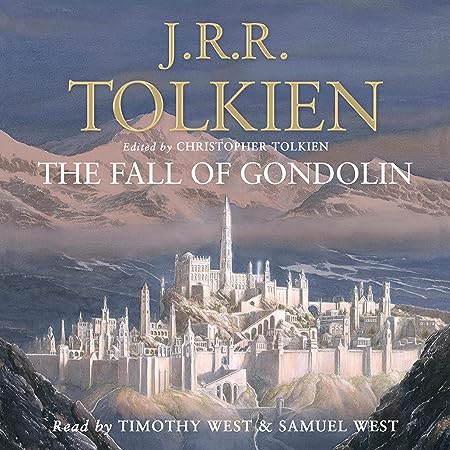
A: Middle-Earth is divided into several key regions, including the Shire, home of the Hobbits; Rivendell, the realm of the Elves; Mordor, the dark land ruled by Sauron; and Rohan and Gondor, the kingdoms of Men.
Q: How do the various races and creatures in Middle-Earth contribute to its rich tapestry?
A: Each race and creature in Middle-Earth has its own unique history, culture, and characteristics, which adds to the depth and complexity of the world. They also play different roles in the overarching narrative, creating a dynamic and diverse cast of characters.
Q: Why is Middle-Earth’s history so important to its essence?
A: Middle-Earth’s history provides context and depth to the world and its characters. It helps to explain the motivations and actions of various individuals and races, and it serves as the foundation for the epic stories that unfold within the realm.
Q: What are some of the key themes explored in Tolkien’s Middle-Earth stories?
A: Tolkien’s works often delve into themes such as the nature of good and evil, the struggle for power, the importance of friendship, and the impact of individual choices on the greater world. These themes resonate with readers and provide a deeper layer of meaning to the stories.
